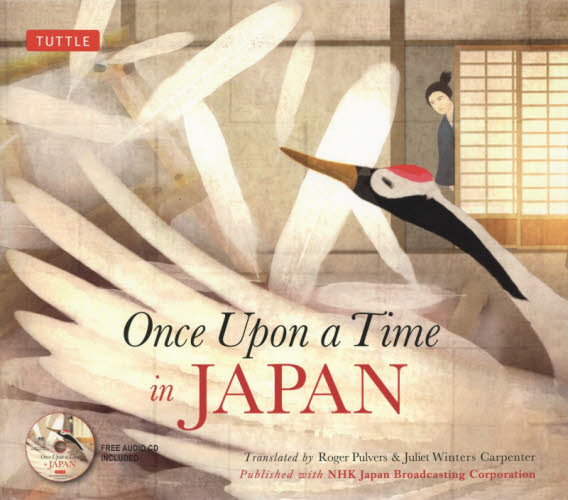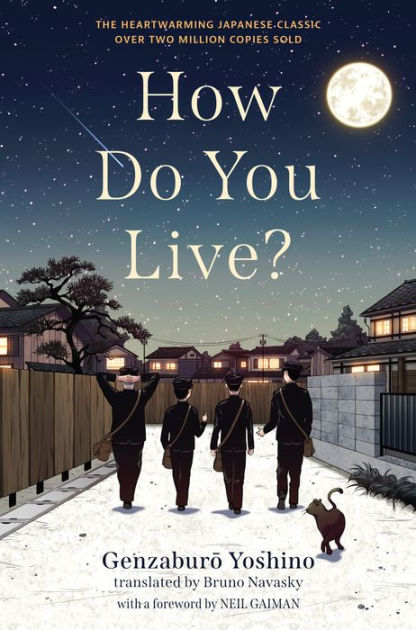Japan

Once Upon a Time in Japan
By Roger Pulvers and Juliet Winters Carpenter (Translators), Manami Yamada. Tomori Taniguchi. Nao Takabatake and Takumi Nishio (Illustrators)
Once Upon a Time in Japan. NHK World. Translated by Roger Pulvers and Juliet Winters Carpenter. Illustrated by Manami Yamada, Tomonori Taniguchi, Nao Takabatake, and Takumi Nishio. Includes CD of stories read aloud by Yuko Aotani. Published by Tuttle Publishing in cooperation with NHK Japan Broadcasting Corporation, 2015. Originally part of a special series produced by Radio Japan, NHK World’s radio service in 18 languages. ISBN 9784805313596. 120 p. (Ages 8-12). Picture book with CD.
Collection of eight Japanese folk and fairy tales gives a good introduction to non-Western storytelling. Stories include animals, everyday people and magical beings who learn a lesson through their actions. A 2015 Gelett Burgess Award for Best Multicultural Children’s Book. [all]

How Do You Live?
By Genzaburō Yoshino, Bruno Navasky (Translator)
How Do You Live? Genzaburō Yoshino. Translated by Bruno Navasky. Foreword by Neil Gaiman. Algonquin Young Readers, 2021. This version originally published as 君たちはどう生きるか (Kimitachi wa dō ikiru ka) in Japanese by Iwanami Shoten Publishers, in Tokyo, in 1982; first published in Japan in 1937. ISBN 9781616209773. 288 p. (Ages 10 and up). Fiction.
A story about the complexities of life, history, and humanity, narrated in two voices: 15-year-old Copper describes his daily experiences at school and home, while his loving uncle offers wisdom and advice in the form of a journal. A 2021 Freeman Book Awards Young Adult/Middle School Literature Book of Note. Hayao Miyazaki (of Studio Ghibli) called this a childhood favorite and used it as inspiration for his final Studio Ghibli film. Tips for teaching this book: Middle School Teaching Aid from asianstudies.org. [all]